Arduino Internals
Copyright 2011 by Dale Wheat
All rights reserved. No part of this work may be reproduced or transmitted in any form or by any means, electronic or mechanical, including photocopying, recording, or by any information storage or retrieval system, without the prior written permission of the copyright owner and the publisher.
ISBN-13 (pbk): 978-1-4302-3882-9
ISBN-13 (electronic): 978-1-4302-3883-6
Trademarked names, logos, and images may appear in this book. Rather than use a trademark symbol with every occurrence of a trademarked name, logo, or image we use the names, logos, and images only in an editorial fashion and to the benefit of the trademark owner, with no intention of infringement of the trademark. The use in this publication of trade names, trademarks, service marks, and similar terms, even if they are not identified as such, is not to be taken as an expression of opinion as to whether or not they are subject to proprietary rights.
President and Publisher: Paul Manning
Lead Editor: Ralph Moore
Technical Reviewer: Sam Kelly, Jordi Muoz
Editorial Board: Steve Anglin, Mark Beckner, Ewan Buckingham, Gary Cornell, Morgan Ertel,
Jonathan Gennick, Jonathan Hassell, Robert Hutchinson, Michelle Lowman, James Markham,
Matthew Moodie, Jeff Olson, Jeffrey Pepper, Douglas Pundick, Ben Renow-Clarke,
Dominic Shakeshaft, Gwenan Spearing, Matt Wade, Tom Welsh
Coordinating Editor: Corbin Collins
Copy Editors: Tiffany Taylor, Heather Lang
Production Support: Patrick Cunningham
Indexer: SPi GlobalArtist: SPi Global
Artist: SPi GlobalArtist: SPi Global
Cover Designer: Anna Ishchenko
Distributed to the book trade worldwide by Springer Science+Business Media, LLC., 233 Spring Street, 6th Floor, New York, NY 10013. Phone 1-800-SPRINGER, fax (201) 348-4505, e-mail .
For information on translations, please e-mail .
Apress and friends of ED books may be purchased in bulk for academic, corporate, or promotional use. eBook versions and licenses are also available for most titles. For more information, reference our Special Bulk SaleseBook Licensing web page at http://www.apress.com/bulk-sales.
The information in this book is distributed on an as is basis, without warranty. Although every precaution has been taken in the preparation of this work, neither the author(s) nor Apress shall have any liability to any person or entity with respect to any loss or damage caused or alleged to be caused directly or indirectly by the information contained in this work.
Any source code or other supplementary materials referenced by the author in this text is available to readers at www.apress.com. For detailed information about how to locate your book's source code, go to http://www.apress.com/source-code/.
To my wife, Anne. Her love, patience, faith, trust and support are what made this book even remotely
possible. While she has her own area of technical expertise (she is a Registered Nurse), this is perhaps
the only part of this book that she is ever going to read. And that's fine with me. Thank you, beloved.
Contents at a Glance













Contents













About the Author

 Dale Wheat is a full-time freelance writer, specializing in electronics and embedded systems. He has written several articles for technical and hobbyist magazines such as Circuit Cellar, O'Reilly's MAKE magazine, and Elektor. He teaches classes on electronics, microcontrollers, and soldering skills. He designs and sells DIY electronics kits from his website,
Dale Wheat is a full-time freelance writer, specializing in electronics and embedded systems. He has written several articles for technical and hobbyist magazines such as Circuit Cellar, O'Reilly's MAKE magazine, and Elektor. He teaches classes on electronics, microcontrollers, and soldering skills. He designs and sells DIY electronics kits from his website, dalewheat.com. Before becoming a full-time writer, Dale consulted as a computer programmer and systems analyst for several companies, including IBM, MCI, and GTE (now Verizon). Dale is a two-term past president of the Dallas Personal Robotics Group, the world's oldest personal robotics club. He is a member of the National Honor Society, Phi Theta Kappa, and intends to continue his education as long as they keep the doors open. He lives with his wife, Anne, near Dallas, Texas.
About the Technical Reviewers

 Sam Kelly is an electronic design engineer at 3D Robotics, the open-source hardware side of the DIY Drones amateur UAV community. He is a native San Diegan, but got his Electronics Engineering degree in Tijuana, Mexico in 2009, specializing in digital systems. He has been at 3D Robotics since 2010, doing PCB design for internal and community OSHW (open source hardware) projects, as well as product photography. He enjoys eating his own dog food with the rest of 3D Robotics, spending any free time flying prototype and production quadcopters and drones.
Sam Kelly is an electronic design engineer at 3D Robotics, the open-source hardware side of the DIY Drones amateur UAV community. He is a native San Diegan, but got his Electronics Engineering degree in Tijuana, Mexico in 2009, specializing in digital systems. He has been at 3D Robotics since 2010, doing PCB design for internal and community OSHW (open source hardware) projects, as well as product photography. He enjoys eating his own dog food with the rest of 3D Robotics, spending any free time flying prototype and production quadcopters and drones.

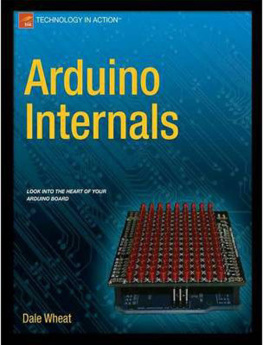
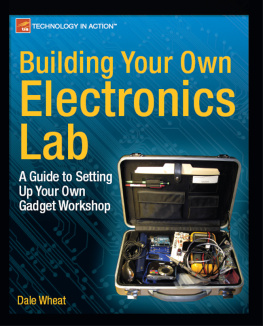
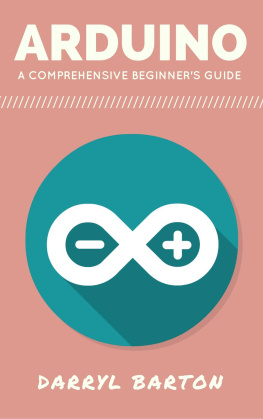

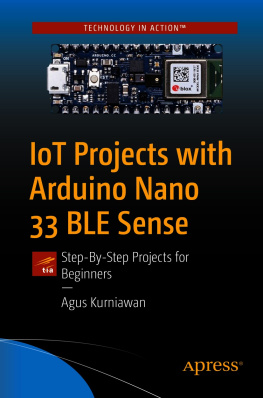
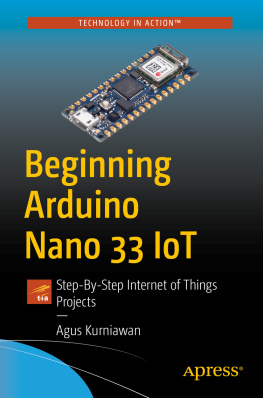
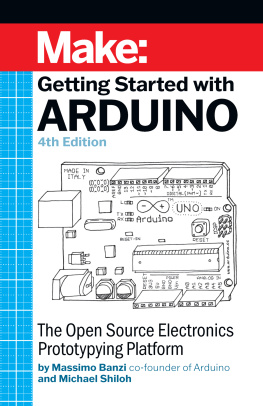

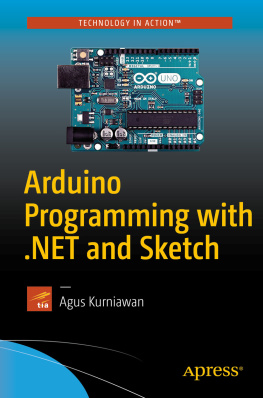
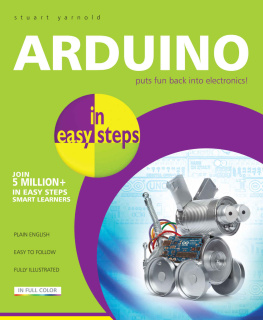



 Dale Wheat is a full-time freelance writer, specializing in electronics and embedded systems. He has written several articles for technical and hobbyist magazines such as Circuit Cellar, O'Reilly's MAKE magazine, and Elektor. He teaches classes on electronics, microcontrollers, and soldering skills. He designs and sells DIY electronics kits from his website,
Dale Wheat is a full-time freelance writer, specializing in electronics and embedded systems. He has written several articles for technical and hobbyist magazines such as Circuit Cellar, O'Reilly's MAKE magazine, and Elektor. He teaches classes on electronics, microcontrollers, and soldering skills. He designs and sells DIY electronics kits from his website, 